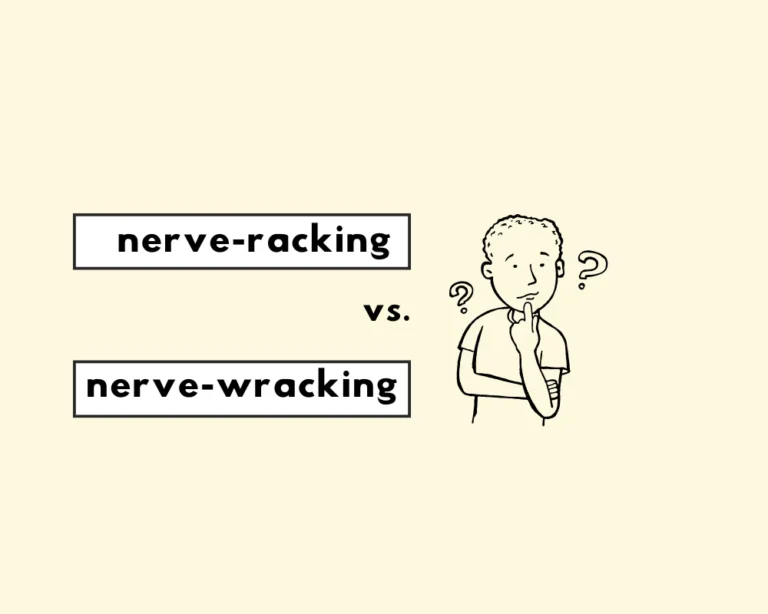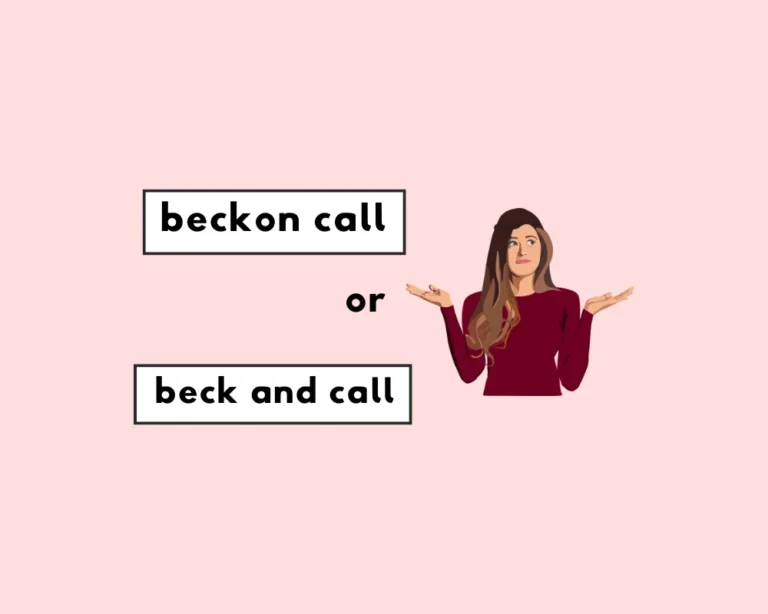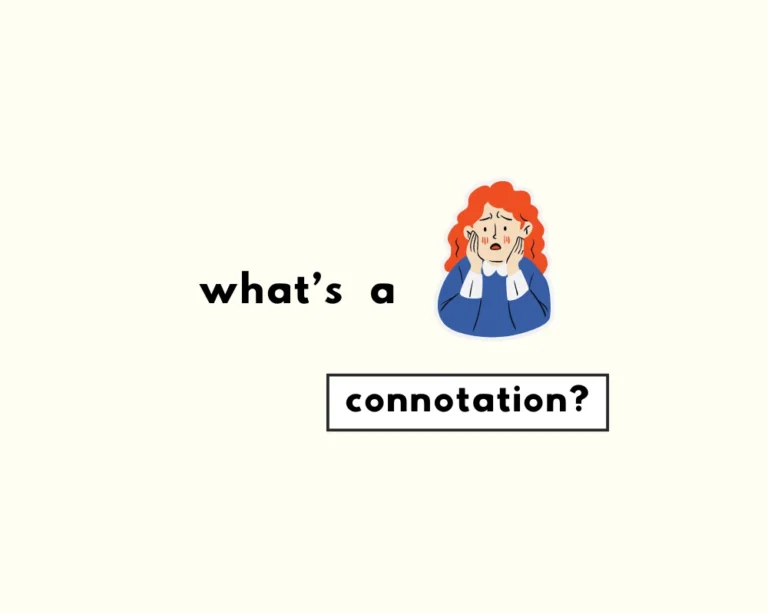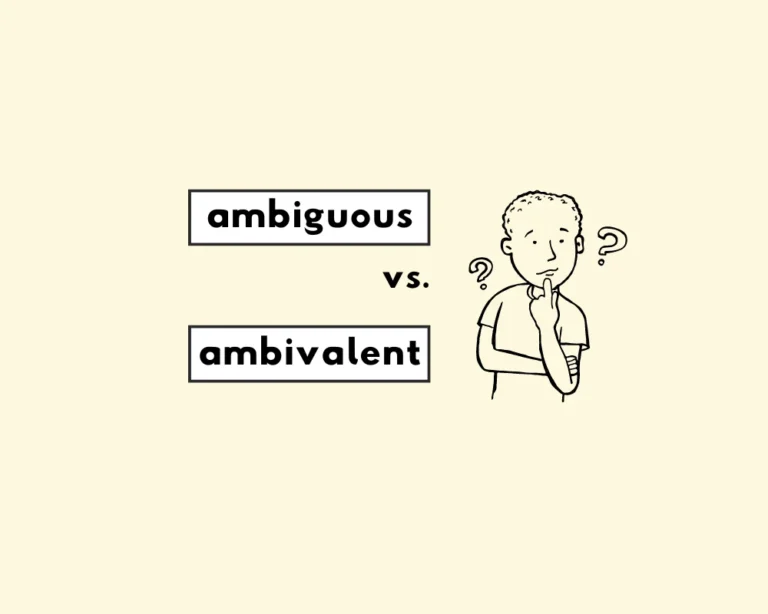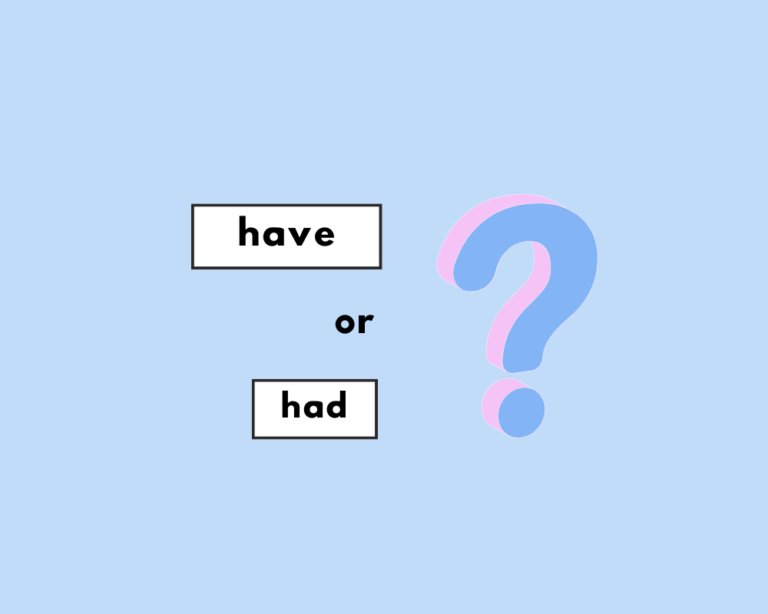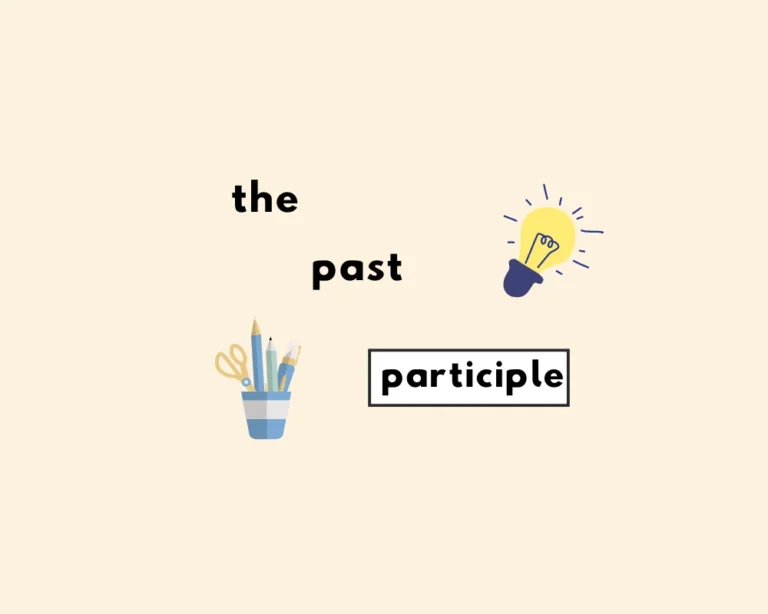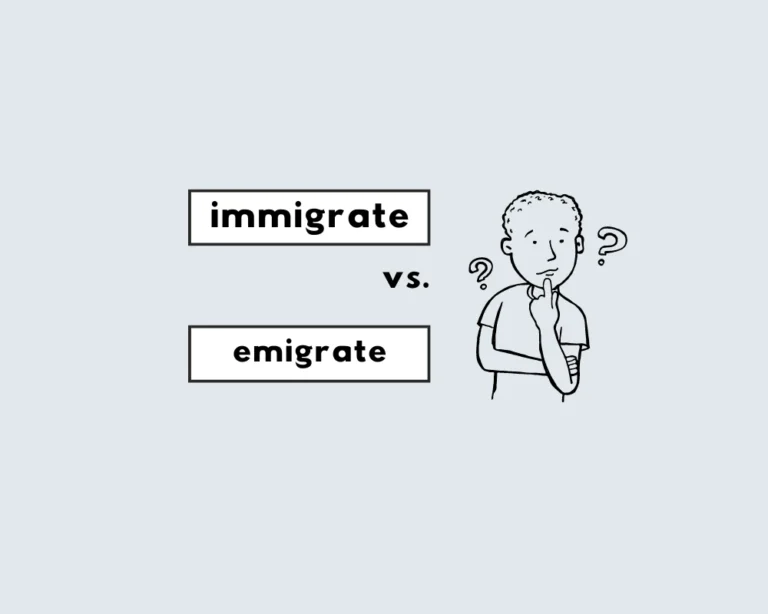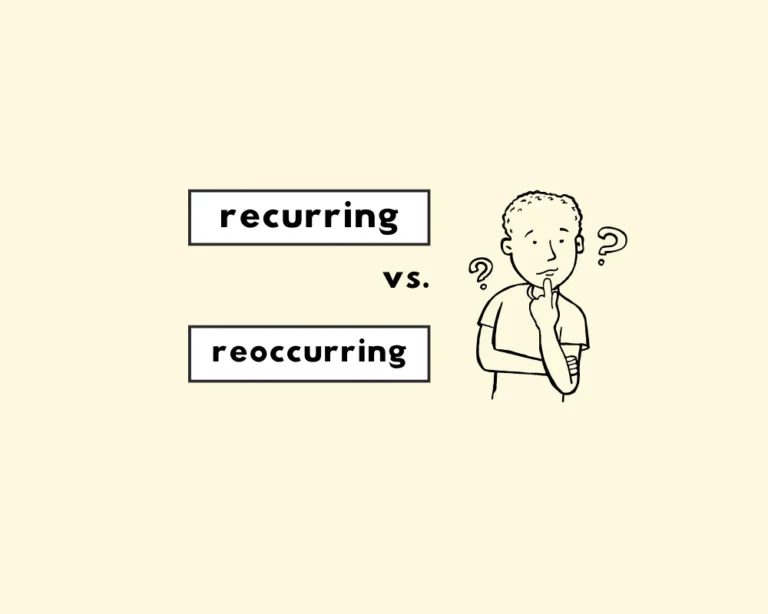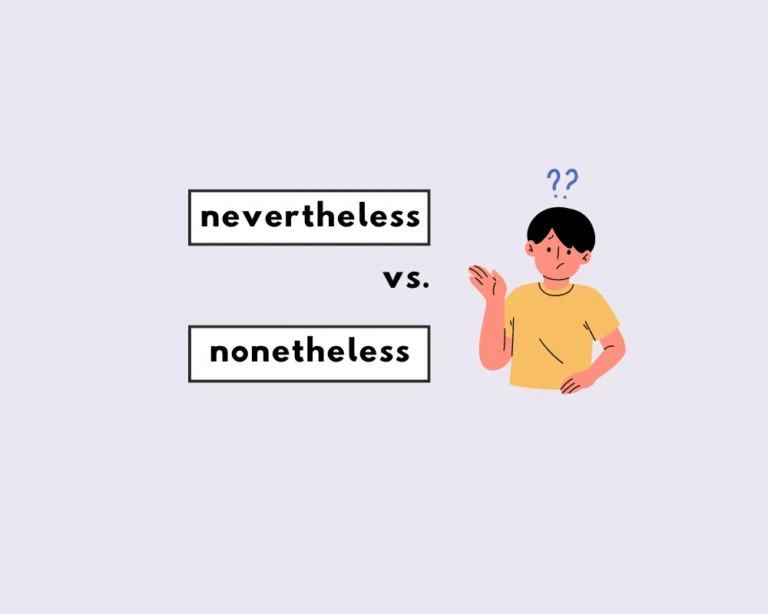Contents
Toggle
What’s an “Oxford comma“?
To Oxford comma or not to Oxford comma, is the question of today’s Grammarflex subject. What’s the deal with the Oxford comma, and why has its use been a subject of debate for English writer’s and grammarians for years?
The Oxford comma, also known as the serial comma, Harvard comma or last comma, is the final comma in a sentence that lists two or more items. See the following sentences as an example:
Examples of sentences that use Oxford commas
1. Please bring me a piece of bread, a plate, and a butter knife.
2. Can you please pick up some toilet paper, laundry detergent, and shampoo on your way home from work?
3. Would you want to eat Chinese, Italian, or Mexican food for dinner tonight?
4. I have to go to the mall, the dry cleaners, and the grocery store this afternoon.
5. Sally ordered three smoothies: strawberry, peach, mango, and pineapple.
6. Kate bought eggs, bacon, potatoes, and cheese at the grocery store.
7. He was obnoxious, rude, and awkward, so I didn’t agree to go on a date with him.
8. I went to lunch with my dad, brother, and sister.
See how the Oxford comma is the last comma in each sentence that lists three or more items. In the example sentences, the Oxford comma helps prevent ambiguity by showing the final items are separate. The Oxford comma comes after the conjunction and, and is the final comma in a sentence!
Humorous examples of the missing Oxford comma
“Rachel Ray finds inspiration in cooking her family and her dog”
Another great example: this time from the Royal Family (and BBC no less), of the missing Oxford comma results in a funny grammar misinterpretation, where it sounds like Catherine is holding the Queen, along wit her daughter:
“Catherine holding her daughter and the Queen.”
BBC overlooked the serial comma in the sentence. Again, the Oxford comma offers the service and writing aid of make writing digestible (and clear!)
“We went carolling with our dogs, Grandma and Grandpa.”
Notice how omitting the serial comma in the sentence adds emphasis to the final items listed.
If you read it out loud, you’ll hear that it sounds like you went sledding with his dogs, named Grandma and Grandpa. The real meaning of the sentence is “We went sledding with our dogs, our Grandma, and Grandpa.” As in, “our dogs,” “Grandma,” and “Grandpa.”
Are Oxford commas ever incorrect?
To Oxford comma, or not to Oxford comma? That is the question. Are Oxford commas necessary, or is it up to personal preference?
The answer: It depends. Mostly, it’s a matter of preference.
How do the style guides recommend using the Oxford comma?
It should go without being explicitly stated that the OUP recommends the use of the oxford comma. The Chicago Manual of Style says the serial comma is optional, “The serial comma is optional.” (The Chicago Manual of Style.)
The Associated Press (AP) tweeted a series of tweets in 2017 discussing their take on comma rules: “We don’t ban Oxford commas! We say: If omitting a comma could lead to confusion or misinterpretation, then use the comma. —APStyleChat (1/4)
Put simply: where it helps avoid being ambiguous it’s advised to use the Oxford comma. Where omitting the serial comma does not impact a sentence’s clarity, omit it (if following AP style.)
Perhaps the AP will have reconsidered its take on the Oxford comma after the Oakhurst dairy incident (read below). Smart move, AP.
The American Psychological Association (APA, 2019), suggests the serial comma to clearly separate items in a list and prevent ambiguity between the items listed. The Modern Language Association (MLA) endorses the Oxford comma in a series or list.
MLA says to separate each item with a comma in sentences that contains a list of two or more items.
Bonus fact!
Whip out this fun fact at a party, and watch them flock.
Usually, a missing comma is no big deal. That’s unless you’re Oakhurst Dairy from Portland, ME. A missing Oxford comma cost Oakhurst Dairy $5 million in a lawsuit.
The dairy company was sued by four of its previous employees because of a clause in their employee contracts concerning overtime pay. The confusion came about because there was a missing Oxford comma; which, had it been included, would have made the items listed clearly separate.
Maine law states that employees that work past 40 hours are owed time-and-a-half for each subsequent hour. There was one caveat in their legislation:
The canning, processing, preserving, freezing, drying, marketing, storing, packing for shipment or distribution of:
(1) Agricultural produce;
(2) Meat and fish products; and
(3) Perishable foods.
The serial comma belongs after the word shipment. Had the last comma been included in the sentence, they could have avoided a bill of $5-Mill.
Why is it called the Oxford comma?
The name for the Oxford comma makes complete sense: the Oxford comma gets its name from the Oxford University Press, also referred to by the acronym OUP. According to the OUP style guide, the use of the Oxford comma has been standard for over a century.
In review: Oxford comma
The Oxford comma is a kind of punctuation mark that is used to separate the final two items in a series or list with three or more items mentioned. The serial comma oftentimes is a question of style and not grammar.
That said, as we have seen, it helps to differentiate the last two items in a list for clarity. As a general rule of thumb, the best idea is to remain consistent in writing. Each guide has their own rules and suggestions when it comes to punctuation, grammar, syntax and the overall mechanics of writing; so follow one, and stick to it.
Other comma rules
1. Use a comma when joining two independent clauses with a coordinating conjunction (FANBOYS, learn all about this mnemonic).
2. Use a comma after introductory clauses or introductory phrases,
3. Between items in a series,
4. To frame an appositive or noun phrases.
5. To address various speakers in a sentence.
6. Use commas to separate nonrestrictive clauses.
7. Use commas with dates, addresses, titles, and numbers. Example: Mahatma Gandhi was born in the Indian state of Gujarat, on October 2, 1869.9
What’s the difference between they’re, their, and there?
Glossary
- Oxford comma definition
- Last comma
- Final comma
- Extra comma
- Series comma
Sources
- Chicago Manual of Style: Chicago Manual of Style
- “Oxford Comma Dispute Is Settled as Maine Drivers Get $5 Million,” New York Times, 2018.
- “Rachel Ray finds inspiration in cooking her family and her dog” Reddit.com
- “Catherine Holding her Daughter and the Queen” Thesauraus.com
- The Perils of Forgetting Your Holiday Oxford Comma
- American Psychological Association
- The Modern Language Association


